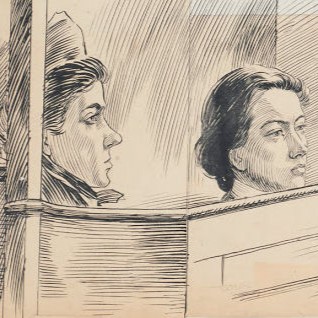
Emma Byron
Summary
Name:
Emma ByronNickname:
KittyYears Active:
1902Status:
ReleasedClass:
MurdererVictims:
1Method:
StabbingNationality:
United Kingdom
Emma Byron
Summary: Murderer
Name:
Emma ByronNickname:
KittyStatus:
ReleasedVictims:
1Method:
StabbingNationality:
United KingdomYears Active:
1902Date Convicted:
December 17, 1902bio
Emma "Kitty" Byron was born in 1878 into a respectable British family. Her father, a brewer, passed away during her youth, leading the family to relocate to Leytonstone. At the time of the incident, Byron's mother resided in a villa on Napier Road with her married son, his wife, their three children, and Byron's 14-year-old sister. In early 1902, Byron worked as a milliner's assistant at Madame Timorey's Court dressmaking establishment in Old Burlington Street but was dismissed due to poor timekeeping.
Following her dismissal, she cohabited with her lover, Arthur Reginald Baker, a stockbroker, in lodgings at 18 Duke Street, Portland Place, London. Baker, born in 1857, was married but estranged from his wife since January 1902. Their relationship was tumultuous, marred by frequent arguments and instances of Baker physically assaulting Byron.
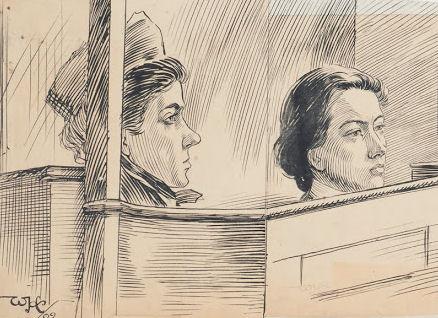
murder story
On the morning of November 10, 1902, the day of the Lord Mayor’s Show, Kitty Byron bought a spring knife on Oxford Street. Around 1 p.m., she sent an express note to Baker at the Stock Exchange:
“Dear Reg, I want you a moment, importantly. Kitty.”
When he arrived at Lombard Street Post Office to meet her, she wasn’t there. She appeared a short time later, and together they stepped onto King William Street. Witnesses described them arguing fiercely.
Suddenly, Kitty pulled the knife from her muff and stabbed Baker three times in the chest. One thrust pierced his aorta. He collapsed on the pavement, dying almost instantly. As passersby restrained her, Kitty sobbed over his body, crying:
“Oh, Reggie, Reggie, let me kiss him!”
Police arrived to find her still crouched by his side. When taken to the station, she said:
“I killed him willingly, and he deserved it, and the sooner I am killed the better.”
Later she added, “I bought the knife to hit him, but I did not know I was killing him.”
Arthur Baker was buried at Norwood Cemetery on November 14, 1902. Kitty Byron was charged with murder and held at Holloway Prison pending trial.
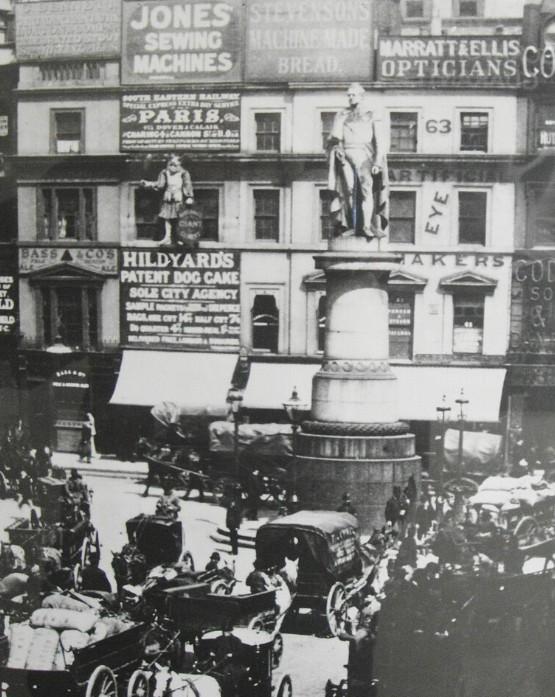
She was prosecuted by Charles Willie Mathews and Archibald Bodkin and defended by Henry Fielding Dickens KC, Travers Humphreys, and Mr. Boyd. Though the killing was premeditated, she had purchased the knife hours before, the defense argued that she had intended only to threaten Baker or to harm herself.
Much of the press and public felt sympathy for Kitty because of the repeated beatings she suffered at Baker’s hands. Madame Liard testified that Baker was drunk almost daily and routinely attacked Kitty, who endured his violence because she loved him and felt she could not leave.
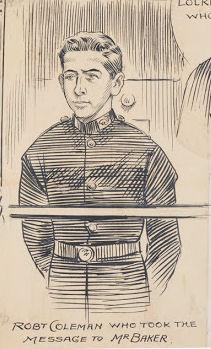
Despite these circumstances, the judge directed the jury toward a murder verdict rather than manslaughter. On December 17, the jury found Kitty guilty but strongly recommended mercy.
Public outcry was immediate. A petition with over 15,000 signatures demanded clemency. On December 23, 1902, the Home Secretary commuted her death sentence to life imprisonment.
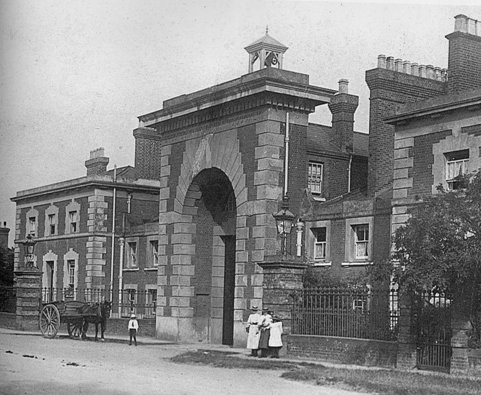
Kitty served time in Holloway Prison and later Aylesbury Prison. In 1907, her sentence was reduced to 10 years, and she was released on December 17, 1908—exactly six years to the day after her conviction. Her freedom was conditional on her staying in Lady Henry Somerset’s reformatory for inebriate women near Reigate.
After her release, Emma “Kitty” Byron disappeared from the public record. No further details of her life have been reliably documented.